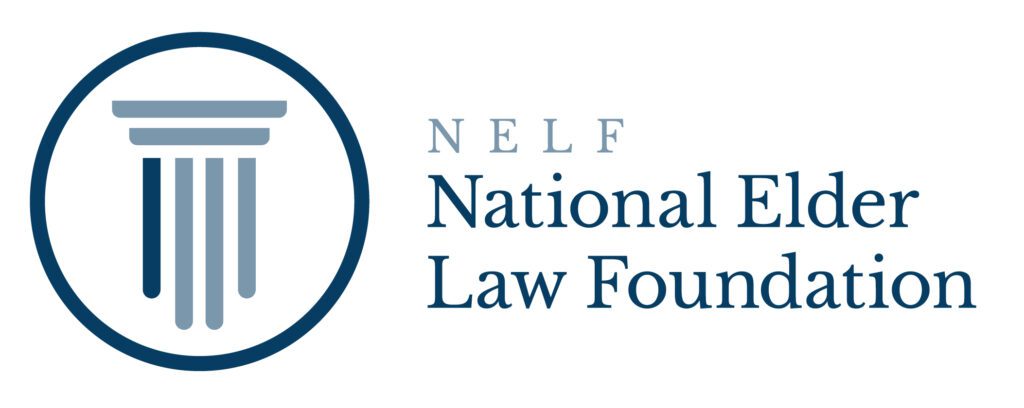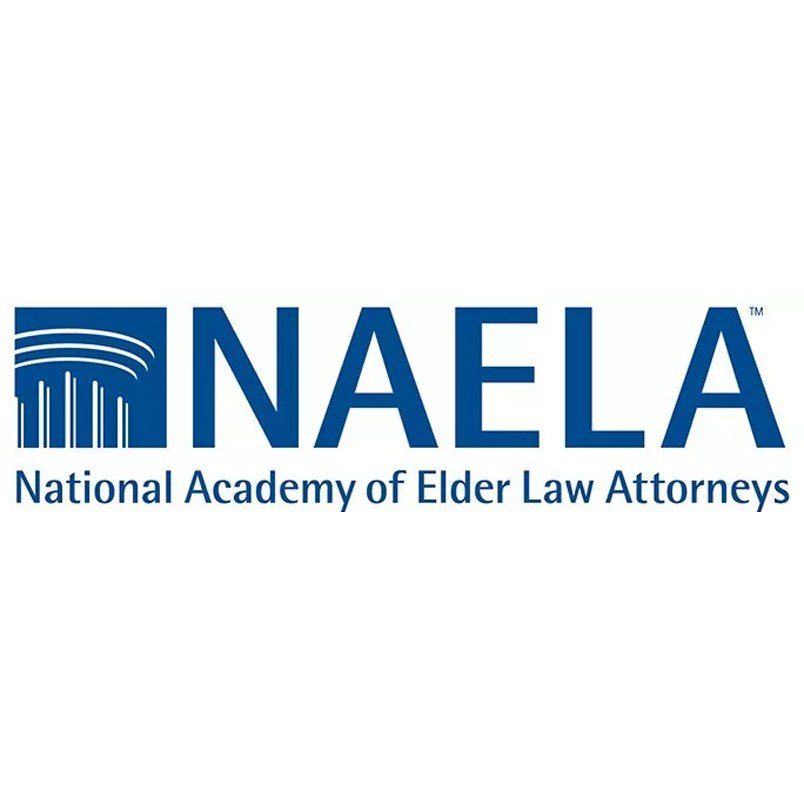Our health and long term care support systems rely heavily on family caregivers who provide unpaid home care to their loved ones. According to a June 2015 report, 44 million adults in the US provide personal care assistance for family members. 34 million of them care for frail elders.
Being a caregiver can be really tough. It can involve enormous physical, emotional and financial burdens. Family caregivers are often called on to provide complex support services for which they have received little or no instruction. The lack of training and support adds to the burden on caregivers and makes it more likely that the care recipient will be admitted (or readmitted) to a hospital.
This lack of caregiver training is a critical failure in a health system that depends so much on family caregiving.
Recently, hospitals have become more focused on preventing re-admissions (in part due to financial incentives/penalties contained in the Affordable Care Act). They have come to recognize that family caregivers can be their key allies in this effort. Good care at home can limit hospital re-admissions. It is obvious that discharge planning is likely to be much more effective if the people providing the home care understand what they are doing and how to do it.
This is a reason why the Pennsylvania Hospital Association was a key supporter of a new law that is intended to assist family members and other lay caregivers involved in providing post-hospital care. That law is Pennsylvania’s version of the Caregiver Advise, Record, Enable (CARE) Act which was signed into law on April 20th. It will take effect in twelve months – which gives hospitals time to prepare to implement its provisions. But some hospitals may move more quickly to embrace it.
The Care Act uses the term “lay caregiver” to describe an individual who is chosen by a hospital in-patient and who accepts the role of providing post-discharge after-care assistance in the patient’s home. The new law requires hospitals to take the following actions:
- Provide each patient with the opportunity to designate at least one lay caregiver [Section 2(a)];
- If the patient does designate a lay caregiver, the hospital must record the designation and related information in the patient’s medical record [Section 3];
- With the patient’s consent, the hospital may release medical information to the designated lay caregiver (Section 3(d)(1)];
- Notify the designated lay caregiver of the patients pending discharge to a residence or transfer to another facility [Section 4 (a)];
- Consult with the lay caregiver prior to the patient’s discharge to a residence and issue a discharge plan that describes the patient’s after-care assistance needs at the residence. [Section 5(a)]. The discharge plan shall include (i) the name and contact information of the lay caregiver, (ii) a description of all after-care assistance tasks necessary to maintain the patient’s ability to reside at home, (iii) contact information for any health care, community resources, long-term care services and support services necessary to successfully carry out the patient’s discharge plan and contact information for a hospital employee who can respond to questions about the discharge plan.
- Provide lay caregivers with instructions in all after-care tasks described in the discharge plan [Section 5(b)]. Training and instructions may be conducted in person or through video technology at the discretion of the lay caregiver. The instruction must include (i) a live or recorded demonstration of the tasks, (ii) an opportunity for the lay caregiver and patient to ask questions, and (iii) answers to those questions.
CARE Act Limitations
The CARE Act is focused on hospitals and the discharge of hospital patients. So it may miss many care-recipients who were not hospitalized or who are being discharged from non-hospital facilities. Nor does it apply where a patient receives hospital services that were provided on an outpatient basis. The Act only applies where there has been “an inpatient admission.” [See the definition of “Discharge” in Section 2].
“After-care assistance” is defined as assistance relating to the patient’s condition at the time of hospital discharge. So the Act does not address situations where a once hospitalized care-recipient’s needs have changed but there has been no new inpatient hospitalization. And even if a patient is hospitalized, the law does not include any enforcement provisions or penalties in the event that a hospital fails to comply.
A Good Start
Despite these big gaps, the CARE Act is a good start. But it is just a start. The Commonwealth needs to continue to look for and implement strategies to educate and support unpaid family caregivers. The success of the state’s policy of meeting consumer preferences and saving tax dollars by encouraging older adults to age at home depends on the development of more comprehensive caregiver support.
An April 2016 study from the University of Pittsburgh’s Stern Center for Evidence-Based Policy: “Addressing the Needs of Caregivers at Risk: A New Policy Strategy” describes “the situation for caregivers and their loved ones [a]s unsustainable.”
Our analysis revealed that the existing landscape of caregiver policy is a patchwork of small, uncoordinated programs that do not yet meet the current and future needs of this population. Whereas caregivers provided over 90 percent of the long-term care received by 12 million Americans, their access to financial support, flexible employment and social supports that would facilitate and enhance the care they provide is highly limited. [Addressing the Needs of Caregivers at Risk: A New Policy Strategy, Executive Summary.]
Other Interesting Aspects of the CARE Act
The CARE Act applies to all in-patients of any age being discharged from hospitals. The custodial parent(s) of a child have authority to designate a lay caregiver for the child. Being designated as a lay caregiver does not obligate the designated individual to perform any after-care assistance for the patient.
A patient may designate a caregiver in an advance directive [Section 6]. The term “advance directive” is not defined in the CARE Act, but the term “advance health care directive” is defined by Act 169 of 2006 (20 Pa.C.S. Chapter 54 Section 5422) as “A health care power of attorney, living will or a written combination of a health care power of attorney and living will.” Consumers should consider including a lay caregiver designation the next time they update their advance directive.
A lay caregiver may be designated by the patient or the patient’s legal guardian [Section 3(b)]. But the CARE Act does not specifically authorize the designation of a lay caregiver by a patient’s health care agent. So it is not clear whether a health care power of attorney can authorize a health care agent to make this designation.
The CARE Act specifically states that its provisions are not to interfere with the rights of an agent serving under a valid advance directive. But the Act does not address any potential conflict with a person who is serving in the role of health care representative under Chapter 54.
Thanks should go to State Representative (and elder law attorney) Hal English for sponsoring the new law. The Pennsylvania CARE Act is based on model legislation developed by AARP. The legislation was approved unanimously in both the State Senate and House. Pennsylvania becomes the 25th state to enact a version of the Act.




